How To Treat Your Cables Right (And Prevent a Meltdown on Stage)
3 simple yet overlooked practices that are essential to keeping your cables healthy, and your performances stress free.
Whether you’ve been playing for three months or 16 years, every guitarist has habits to build if they want to have a good reliable relationship with their equipment. As fun and fulfilling as performing might be, the practice of setting up and breaking down is time consuming, and can become a battle or even a distraction if you don’t set up simple practices.
Cables are the veins of your set up. If they’re not working properly then your experience on stage becomes a fiery pit of hell including troubleshooting, sound cuts, and vibe killing. First and foremost, a good quality cable is your best friend. At a $20.00 – $40.00 price point, the Ernie Ball braided instrument cables come in a variety of fun colored options, and promote durability, tangle resistance (!!), and a noise free design. If you have passive pickups like the majority of guitarists, all of these things play into your experience on stage or in the studio, and while it’s ok to compromise on other accessories such as picks or strings, your cables are the lifeline of your music and not something you want to mess around with if you can help it.
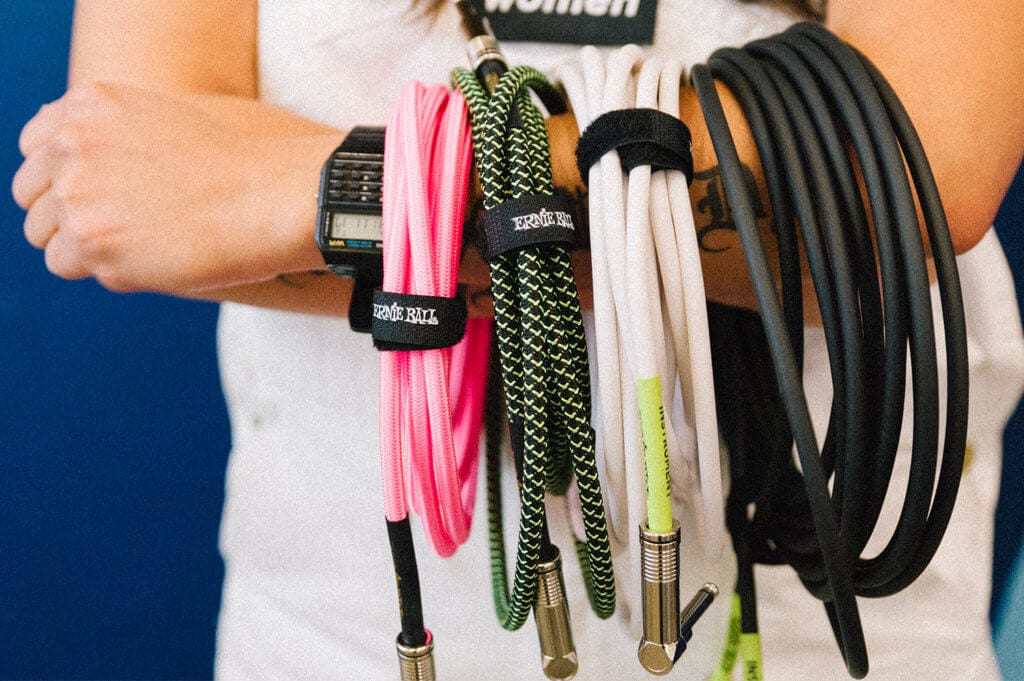
In this guide we will outline three simple yet essential practices to promote a reliable relationship with your cables.
Wrap Cables With Your Hands Not Your Elbows
Look, I know that this seems minor and too specific to trust. This method takes longer and can feel tedious at first but it’s a necessary step in taking good care of your cables if you don’t want them to unexpectedly shut down on you in the middle of a show! The cool thing about these Ernie Ball cables is that they were made with this experience in mind and therefore incorporate multiple shielding materials to keep your signal safe, hopefully preventing these pesky experiences from coming up.
Why does it matter? The shielding that protects the wiring in the cables that transfer electricity is sensitive. The more twisting and stretching it endures the closer it gets to breaking.
- Make sure any knots or twists in your cable are smoothed out.
- Grab your cable at one side of the plug so that it forms a 90 degree angle on the palm of your left hand.
- With your right hand, stretch that cable about the width of your torso.
- With your thumb, pointer and middle finger of your right hand twist the cable clockwise while moving in the direction of your left hand (this should form your cable into a nice circle).
- Repeat steps 3 & 4 until cable is completely wrapped.
- Option 1: Secure your cable with a velcro tie (recommended).
Option 2: If you don’t have a velcro tie, take the plug and bring it under and over the entire loop of cables, then again under and over just one loop.
Connecting Your Cable To Your Guitar
One of the most devastating experiences as a guitarist is being on stage, waiting for your solo to come up and when you go to hit that first note, in a moment of complete and pure bliss you take a step that disconnects your cable from your guitar. IT’S THE WORST! Honestly it’s embarrassing and we never want that to happen to you again.
Quick Tip! “Right Angle” vs “Straight Angle” plug.
There’s a lot up to debate about what’s best tone wise, but these are our thoughts based on our own experiences and conversations: If you’re someone that performs or practices sitting down, the right angle plug sits nicely along the side of your guitar, reducing stress on your input jack and cable wires. The straight angle plug is classic and the argument is that they do not compromise tone like its right angle sister might. Personally, I prefer the right angle plug because I practice a lot sitting down and it also has less impact on the input jack when the guitar is on a stand.
- Take the straight or right angle end of your cable and bring it under and over your strap so that it hangs alongside of your guitar when unplugged.
- Connect to your input jack.
- Pull back on the hanging part of the cable so that there’s little to no slack between the strap and input jack on your guitar.
Cable Control
We all feel like we have our gear and accessories under control until we get to the gig and have to spend the first 10 minutes de-tangling all of our cables. The braided external material in the Ernie Ball cables really come in handy here. It probably seems like common sense that cable control, and in general taking good care of our gear, is one of the main ways to ensuring our equipment lasts. Yet, all too often we witness (and are guilty of ourselves) the war between us and the tangling mess of keeping control of unhinged cables. Here’s a couple of scenarios where this gets particularly annoying and a simple solution to follow.
When you’re on tour and just want to throw everything in your gig bag.
First of all, don’t—you’ll regret it the next day and feel daunted by the sheer idea of opening your gig bag. The new Ernie Ball instrument cables come with a velcro tie attached to it which is a small detail that is a huge help. If your cable doesn’t have one of these attached, we suggest buying some that attach to your cable so that you don’t have to worry about losing them ever. It’s important to make this as simple as possible for yourself so that it just becomes a habit, rather than a worry.
Remember essential #1 (wrapping your cables) at all times and…
- Resist wrapping your cables in a hurry when you’re trying to get off stage quickly. Instead, usher them to the side and wrap them properly off stage
- Resist throwing your cables in any bag without wrapping them. This is basically just a huge knotty mess waiting to happen.
- Resist having cables in multiple bags. Instead, compartmentalize your accessories so that you know where everything is and keep accessories such as a daisy chains, picks, and patch cables in a separate bag or compartment.
While all of these practices are incredibly simple, they are super important for you to be able to be the amazing, confident guitarists that you are. There’s not a better feeling in the world than having control of your gear and performing stress free!
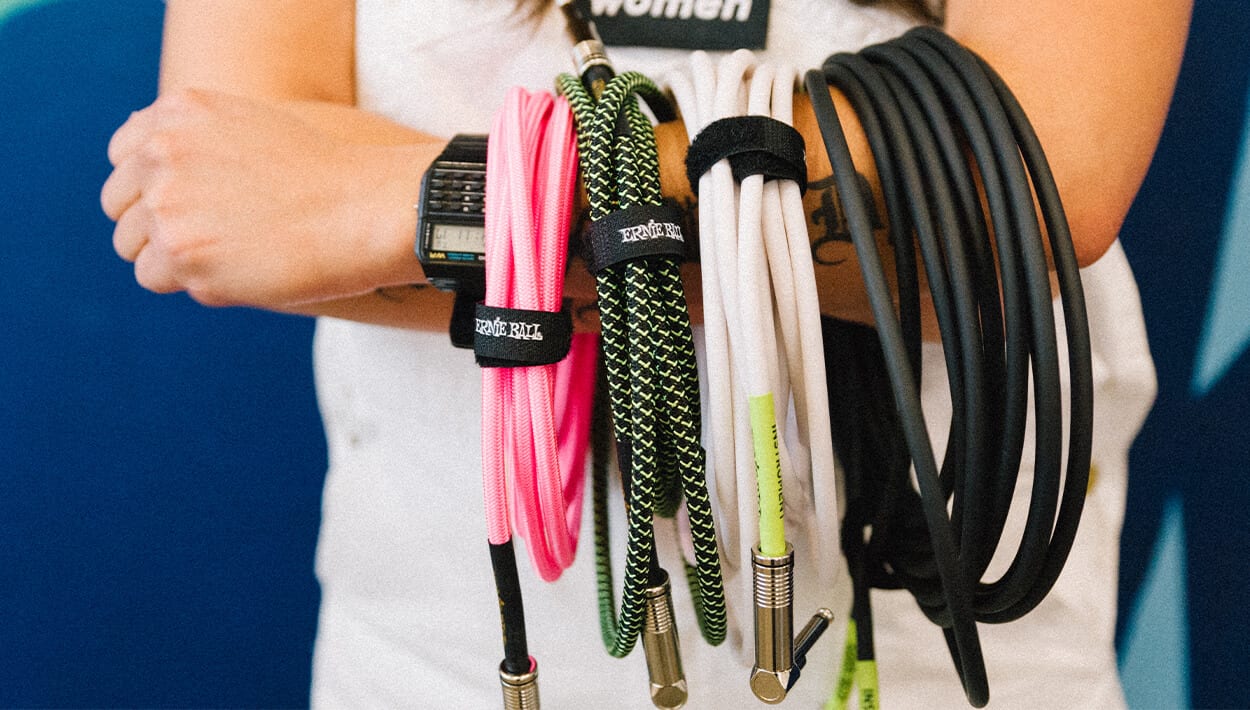




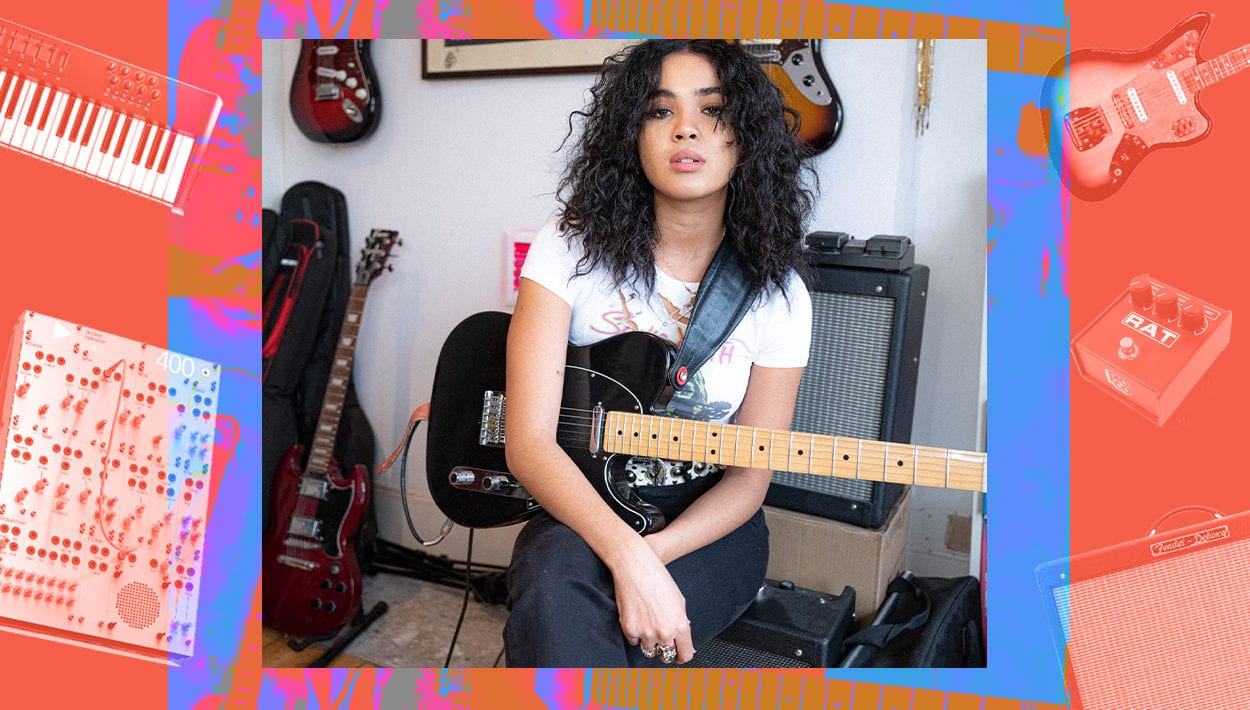
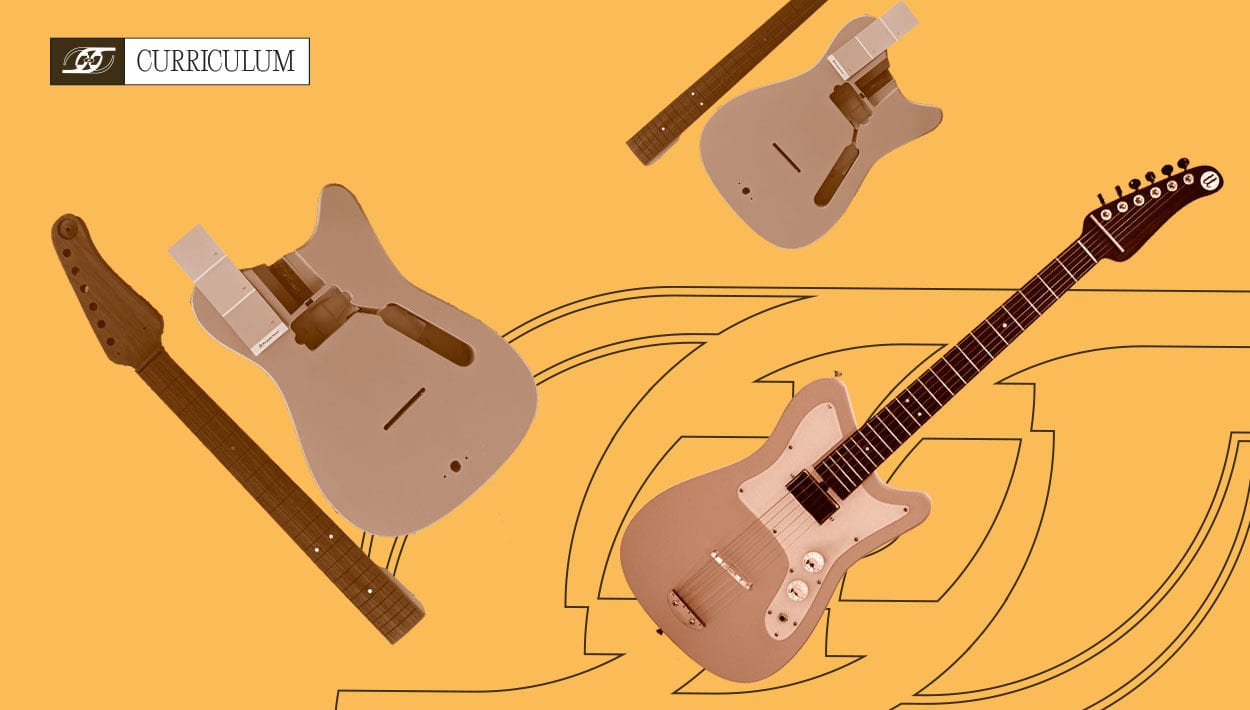
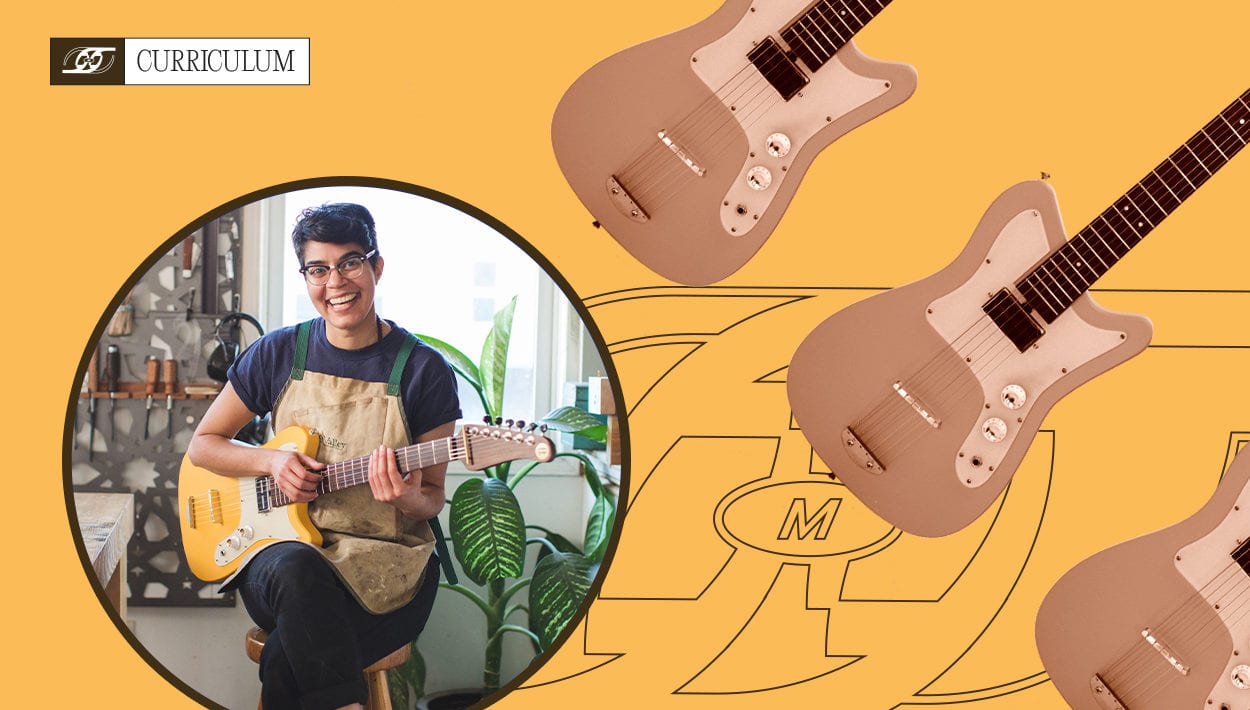
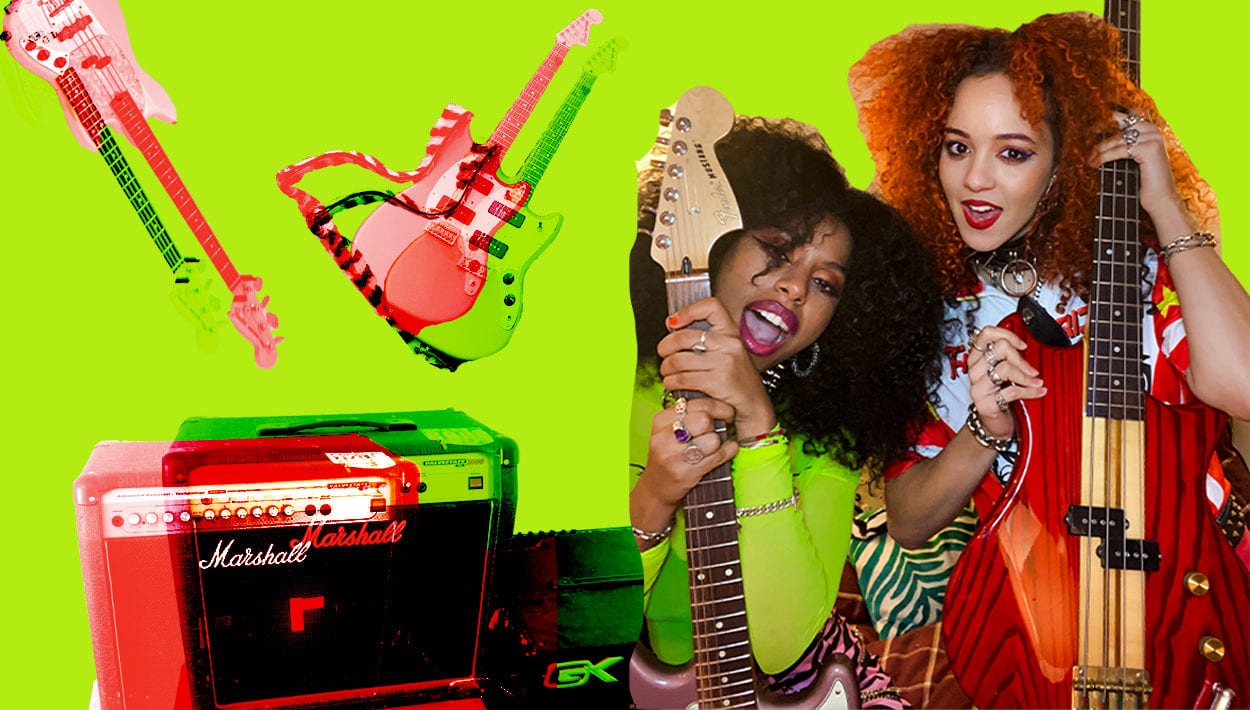

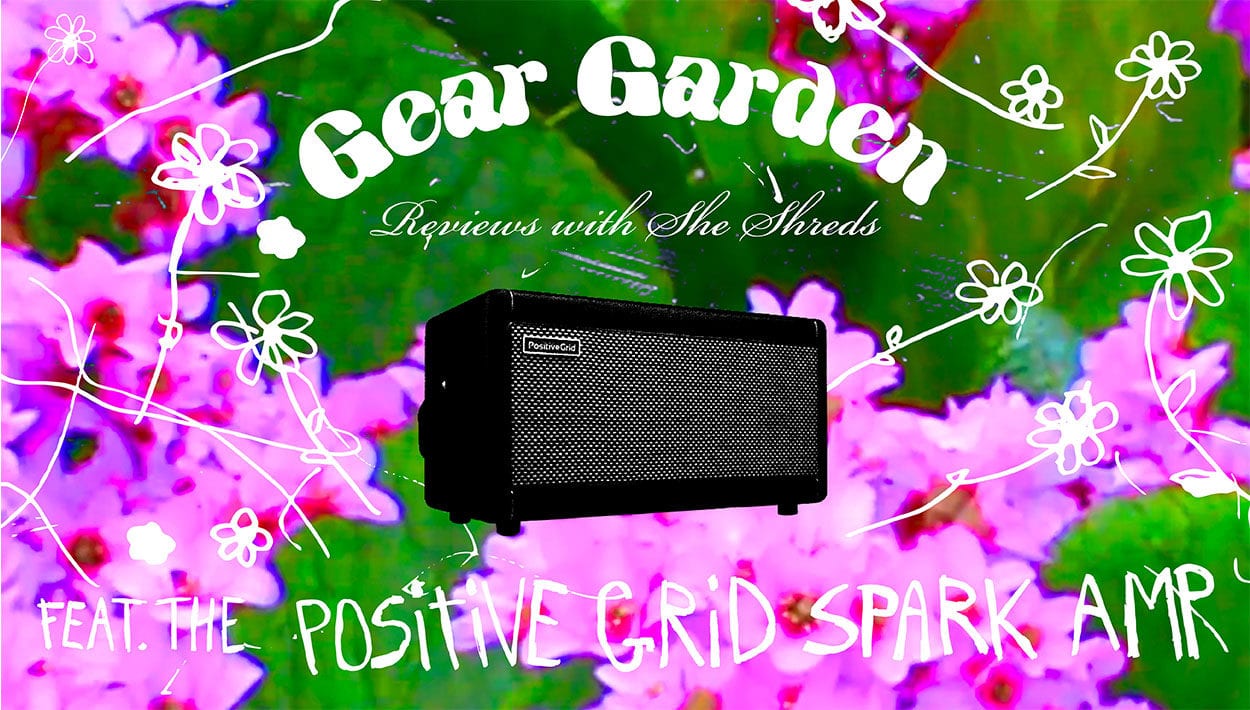
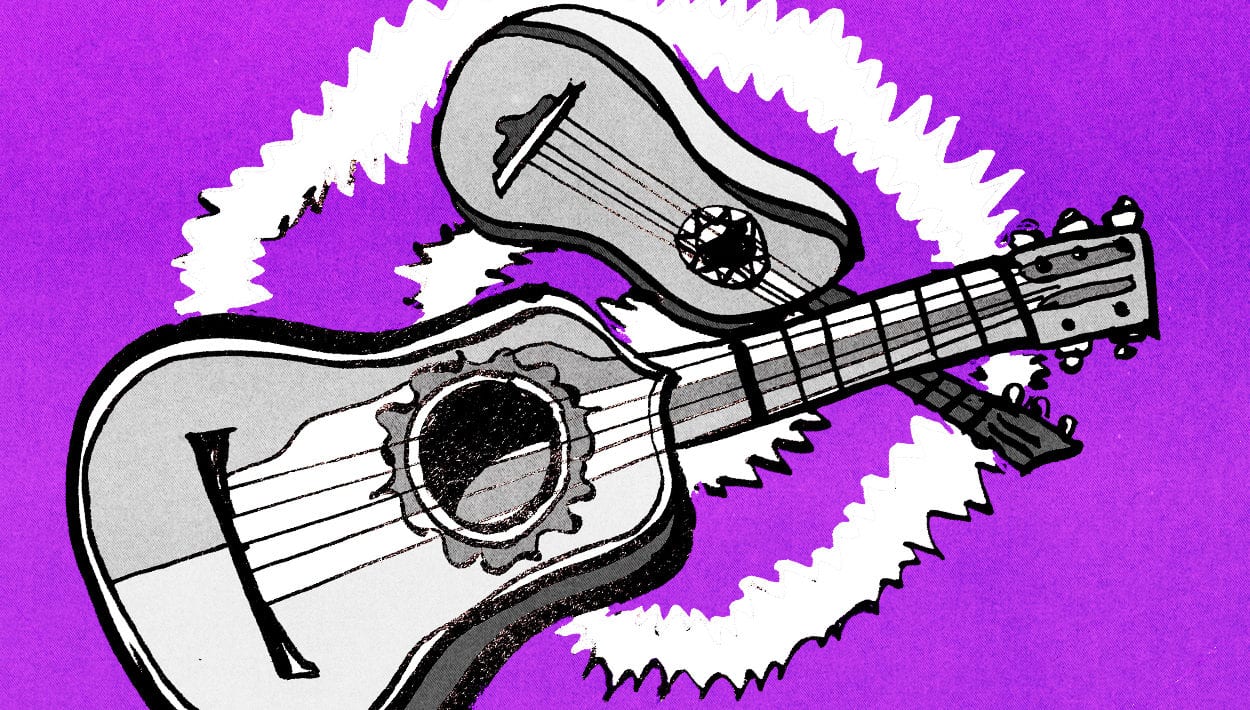


Comments
[…] really cheap. I attach them to all of my cables, including those I bring to shows. Once you wrap your cable, you can attach the velcro really easily to keep it nice and neat and from unraveling in your bag […]
Pingback by She Shreds Media on September 28, 2020 at 10:22 amWhat are the best ways to maintain your health?
Comment by Kelley Wheeler on September 7, 2023 at 9:11 amVapepapa Fume Unlimited Flavors offers a delightful array of flavors designed to elevate your vaping experience. Whether you crave the sweet and tangy notes of tropical fruits, the rich and creamy essence of desserts, or the refreshing coolness of menthol, Vapepapa Fume Unlimited Flavors has to suit every palate. With carefully crafted blends and high-quality ingredients, these e-liquids deliver a smooth and satisfying vaping sensation. Explore the diverse range of Vapepapa Fume Unlimited Flavors flavors and indulge in a world of delicious options for a truly enjoyable vaping journey.
Comment by Vapepapa on January 21, 2024 at 9:53 am